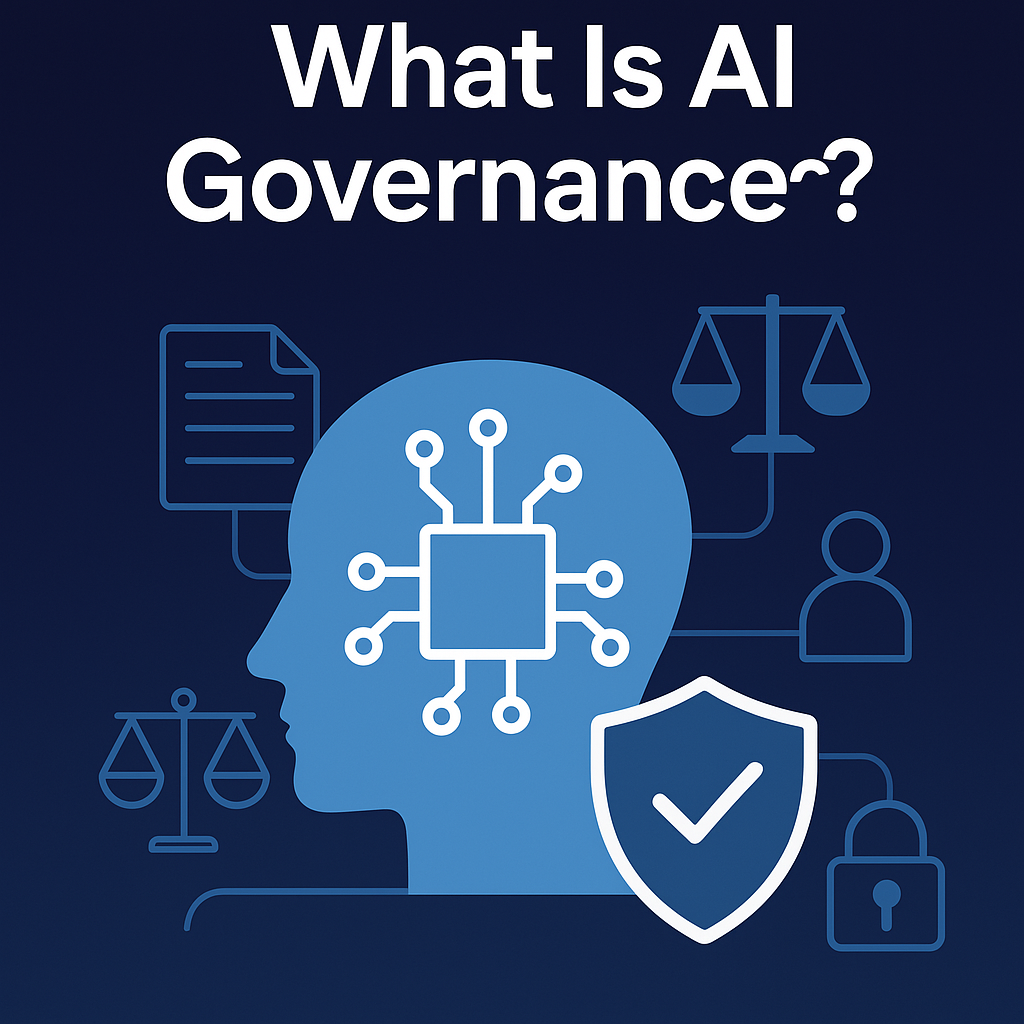What Is AI Governance? How It Works and Why It Matters
Artificial intelligence (AI) is transforming how businesses operate. From automating decisions to driving autonomous workflows, AI systems are now...
Learn about reactive architectures for AI agents. Enhance your understanding of dynamic, adaptable AI systems and improve efficiency.
Designing systems that are adaptive, reliable, and scalable is crucial. Reactive architectures play a vital role in achieving these goals, especially in AI agent systems. This blog aims to clarify what reactive architectures are, how they work in AI, and how Integrail leverages these principles to build powerful AI solutions.
Reactive architectures refer to systems designed to be:
These principles ensure that AI systems are robust, flexible, and capable of handling dynamic environments.
Integrail specializes in creating AI solutions that adhere to reactive architecture principles. Here are some practical applications:
Imagine a customer service platform powered by Integrail, where different AI agents handle various tasks:
These agents operate independently but communicate through messages, ensuring seamless coordination and responsiveness.
In marketing, Integrail’s solutions involve reactive agents managing campaign tasks:
These agents work independently, communicating through message-passing to ensure the campaign remains effective and responsive.
Decoupling is a core aspect of reactive architectures. By decoupling components, reactive systems ensure that individual failures do not propagate through the system, thereby maintaining overall system stability. This is achieved through asynchronous message-passing, which allows components to communicate without being directly dependent on each other.
Decoupling is a key strategy for building resilient AI agents. In a financial application, distinct agents might independently handle tasks such as transaction processing, risk assessment, and customer notifications. If the transaction processing agent encounters an issue, the risk assessment and notification agents can continue to function, ensuring overall system reliability. This approach allows each component to operate and recover independently, enhancing the robustness and flexibility of the AI system.
Elasticity refers to the system’s ability to scale resources up or down based on demand. This is particularly important in AI applications where workloads can be highly variable. Integrail’s solutions enable AI systems to dynamically adjust resources, ensuring optimal performance and cost efficiency.
In educational technology, adaptive learning platforms powered by Integrail can scale resources in real-time to accommodate varying numbers of users. During peak usage times, such as the start of a school term, the system can allocate more resources to handle the increased load, and scale down during off-peak times, saving costs.
Reactive architectures enhance user experience by ensuring that applications remain responsive and available, even under heavy load or during component failures. This is critical for maintaining user trust and satisfaction.
By automating resource allocation and handling failures gracefully, reactive architectures improve operational efficiency. This allows organizations to focus on innovation and growth rather than managing infrastructure and troubleshooting issues.
Reactive architectures are inherently scalable, making them well-suited for applications that need to grow over time. As AI continues to evolve, reactive systems can easily incorporate new technologies and capabilities, ensuring they remain relevant and effective.
Reactive architectures provide a strong framework for developing AI agent systems that are responsive, resilient, and scalable. Integrail leverages these principles to create sophisticated AI solutions capable of handling complex tasks autonomously.
By using tools like Integrail Studio for visual workflow design and Integrail Cloud for deployment, businesses can implement reactive architectures effectively. This approach ensures that AI applications not only meet current requirements but are also prepared for future challenges.
AI Agent Architectures: Building Adaptive Intelligent Systems
By continuously learning and adapting new methodologies, you can stay ahead in the rapidly evolving field of AI and software development. Reactive architectures, with their emphasis on adaptability and resilience, offer a powerful approach to building the next generation of intelligent systems.

Artificial intelligence (AI) is transforming how businesses operate. From automating decisions to driving autonomous workflows, AI systems are now...

Artificial Intelligence (AI) agents are transforming industries by making informed decisions and performing complex tasks. At the heart of their...

Generative AI models like OpenAI’s GPT-4, Google's Gemini, and Meta's LLaMA are transforming the way we interact with technology. At the core of...
Start your journey with Integrail

Try AI Studio by Integrail FREE and start building AI applications without coding.

NEW White Paper: Discover how AI Studio accelerates your workflows